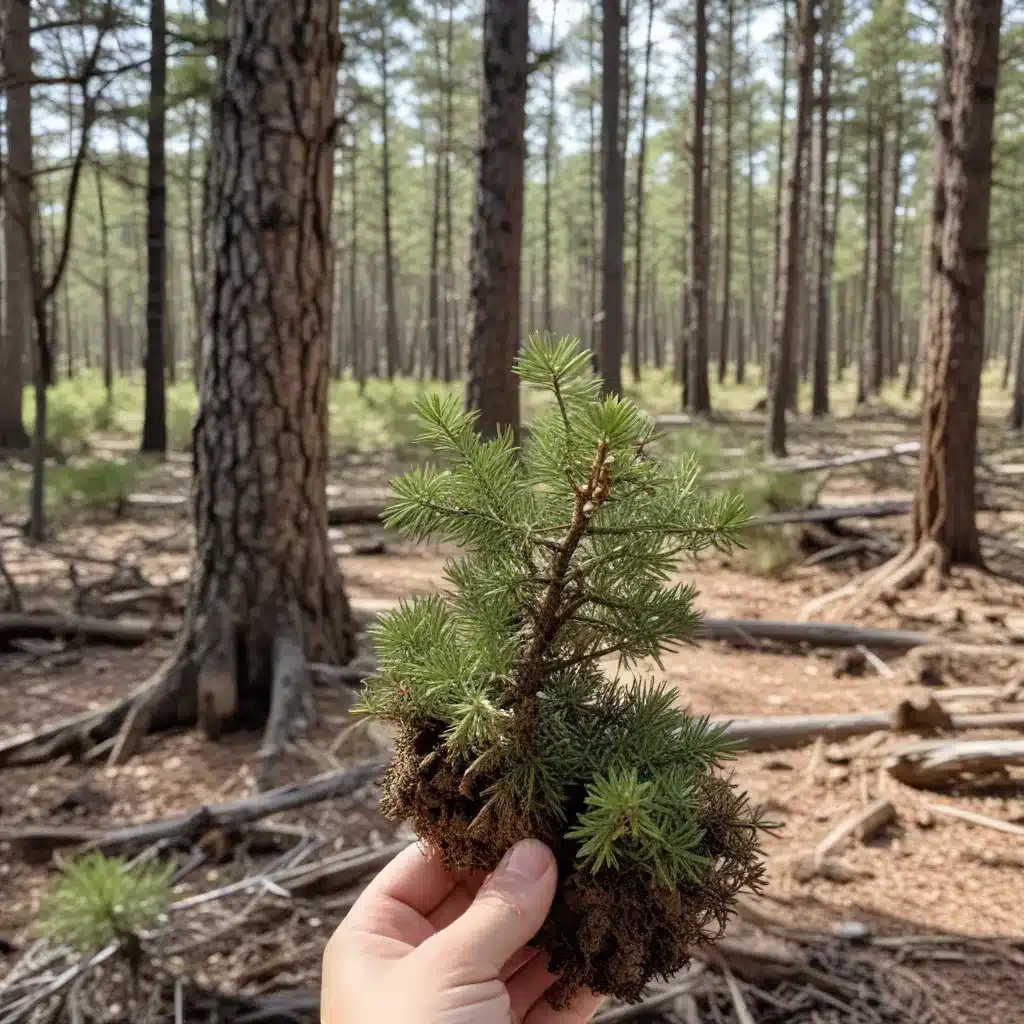
Discovering the Diverse Habitats Found Across Crooked Pines
Crooked Pines Farm is a vibrant oasis teeming with an abundance of natural wonders. Beyond the lush gardens and rolling pastures, our property encompasses a remarkable diversity of habitats that serve as homes to a wide array of flora and fauna. As a farm educator, I’m thrilled to guide you on an exploration of the geographic, ecosystem, and biodiversity that make Crooked Pines such a special place.
Geographic Diversity of Crooked Pines
The landscape of Crooked Pines is characterized by a captivating array of topographical features. From the gently rolling hills in the north to the steep ravines that carve through the southern reaches of our property, the terrain at Crooked Pines is anything but uniform. These elevational gradients create a patchwork of microclimates, each with its own unique set of environmental conditions.
In the higher elevations, the air is cooler and drier, while the lower-lying areas tend to be warmer and more humid. This variation in temperature and moisture levels directly influences the types of plants and animals that can thrive in these different zones. For example, the Torrey pines that dot the hilltops are well-adapted to the harsher, windswept conditions, whereas the lush hemlock and spruce forests prefer the sheltered, more temperate ravines.
The diverse landforms at Crooked Pines also include wetlands, streams, and even a small pond. These aquatic habitats, in turn, support their own unique communities of plants and animals, from the cattails and bulrushes that line the pond’s edge to the dragonflies and frogs that call the water home.
Ecosystem Complexity of Crooked Pines
Crooked Pines is not just a patchwork of different landscapes; it’s a tapestry of interconnected ecosystems, each playing a vital role in the overall health and balance of the farm. One of the most prominent features is our forested habitats, which cover a significant portion of the property.
These wooded areas are dominated by a mix of deciduous and coniferous trees, including the aforementioned Torrey pines, hemlocks, and spruces, as well as oaks, maples, and birches. The complex canopy structure and diverse understory provide shelter and sustenance for a myriad of animals, from the songbirds that flit among the branches to the small mammals that burrow beneath the leaf litter.
Interspersed among the forests are our grassland ecosystems, which offer a different set of resources for the local wildlife. These open, sun-drenched areas are home to a variety of wildflowers, grasses, and shrubs that attract a thriving community of pollinators, butterflies, and ground-dwelling species.
The wetland communities at Crooked Pines are perhaps the most dynamic and diverse of all our ecosystems. The pond and its surrounding marshes teem with an abundance of life, from the aquatic plants that filter the water to the waterfowl and amphibians that rely on these habitats for breeding and foraging.
Biodiversity of Crooked Pines
The rich tapestry of ecosystems at Crooked Pines supports an astounding biodiversity of flora and fauna. Our forested habitats are home to a variety of tree species, including the Torrey pine, which is one of the rarest wild pine trees in North America. These trees, with their distinctive twisted trunks and large, spiny cones, are a true treasure to behold.
In addition to the diverse tree species, our forests are also thriving with a wide array of understory plants, such as ferns, wildflowers, and shrubs. These plants not only provide food and shelter for wildlife but also play a crucial role in the overall health of the ecosystem, contributing to soil formation, nutrient cycling, and water filtration.
The grassland ecosystems at Crooked Pines are a haven for a variety of pollinators, including bees, butterflies, and hummingbirds. These industrious creatures are responsible for the pollination of countless wildflowers and agricultural crops, making them an invaluable part of our farm’s ecosystem.
Our wetland communities are equally rich in biodiversity, supporting a diverse array of aquatic plants, insects, amphibians, and waterfowl. From the cattails and bulrushes that line the pond’s edge to the dragonflies and frogs that dart through the water, these habitats are teeming with life.
Conservation Efforts in Crooked Pines
Preserving the diverse habitats and abundant biodiversity of Crooked Pines is of the utmost importance to us. That’s why we’ve implemented a robust habitat restoration program, focused on maintaining the delicate balance of our ecosystems and ensuring that they continue to thrive for generations to come.
One of our key initiatives is the wildlife management program, which involves carefully monitoring the populations of both common and endangered species on our property. By understanding the needs and behaviors of the local wildlife, we can tailor our land management practices to create the optimal conditions for their long-term survival.
In addition to our conservation efforts, Crooked Pines also offers a variety of ecotourism opportunities for visitors to explore and appreciate the natural wonders of our farm. From guided nature trails that wind through the forest and grasslands to hands-on educational programs that immerse children in the world of pollinators and wetland ecosystems, there are countless ways for our guests to connect with the incredible biodiversity that Crooked Pines has to offer.
As a farm educator, I’m deeply passionate about sharing the story of Crooked Pines and its diverse habitats with the world. Whether you’re an avid nature enthusiast, a curious child, or simply someone who appreciates the beauty and complexity of the natural world, I invite you to explore the wonders of our farm and discover the true magic of Crooked Pines.


